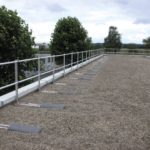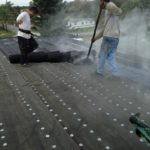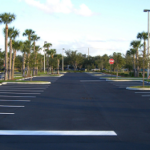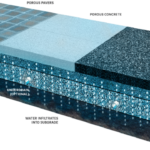Concrete Joint Rehabilitation
Concrete is not a ductile material-it doesn’t stretch or bend without breaking. That’s both its greatest strength and greatest weakness. Its hardness and high compressive strength are why we use so much of it in construction. But concrete does move-it shrinks, it expands, and different parts of a building move in different ways. This is where joints come into play.
Concrete Joints
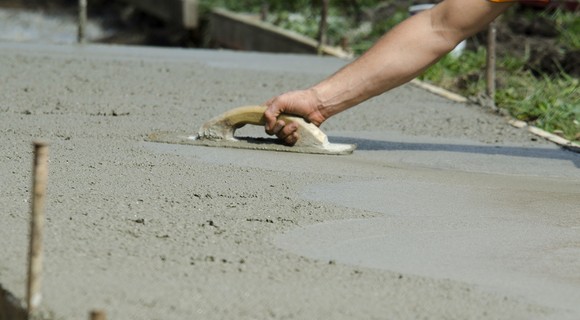 Concrete joints are used to compensate when concrete expands or shrinks with changes in temperature. Concrete joints are normally used to prevent cracks when the concrete shrinks by creating forming, tooling, sawing and placing joint formers. The pre-planned cracks will provide a better finish concrete product and will be formed in specific locations where those cracks could be monitored.
Concrete joints are used to compensate when concrete expands or shrinks with changes in temperature. Concrete joints are normally used to prevent cracks when the concrete shrinks by creating forming, tooling, sawing and placing joint formers. The pre-planned cracks will provide a better finish concrete product and will be formed in specific locations where those cracks could be monitored.
Sometimes because of the material and width or span of the concrete joints are required to improve the performance of the material and allow the materials to expand/contract or move without damaging other structures.
Concrete Contraction Joints
Intended to create a weakened area in the concrete and regulate where cracks will occur, normally in a straight line. Contraction joints should be placed to produce panels that are as square as possible and never exceed a length to width ratio of 1 ½ to 1. Joints are commonly spaced at distances equal to 24 to 30 times the slab thickness. Joint spacing that is greater than 15 feet requires the use of load transfer devices. Contraction joints may be tooled into the concrete surface at the time of placement. Joints may also be sawed into the hardened concrete surface. It is important to understand that the longer sawing is delayed the higher the potential for cracks to establish themselves before sawing is complete.
Concrete Expansion Joints
Concrete expansion joints are used to separate slabs and concrete from other parts of the structure. Expansion joints allow independent movement between adjoining structural members minimizing cracking when such movements are restrained. This allows for thermal expansion and contraction without inducing stress into the system.
It is common that over the time the joint may become weaker. Here are simple steps on repairing the concrete joints.
Step 1: Firstly, Sweep out the expansion joints to ensure that any pebbles, dirt or loose debris are removed.
Step 2: Scrub and clean the surface of the repair area with Concrete and Asphalt Cleaner and a stiff bristle brush.
Step 3: Thoroughly rinse the area, after cleaning, and wait for the area to dry, before applying any sealant.
Step 4: Once the area is dry, add the backer rod (if needed). Backer Rod should be pressed into the joint, allowing a sealant depth of between 1/8 inch and ½ inch.
Step 5: Then, using a utility knife, cut the tip of the nozzle, and insert the tube into a standard caulk gun. Make sure to match the cut to the width of the crack.
Step 6: Apply the Polyurethane Sealant and move the nozzle slowly along the length of the joint, allowing the sealant to settle. No additional tooling is necessary this is for Horizontal Applications. For Vertical Applications (or Stucco Walls), use Non-Sag Polyurethane Sealant, and move the nozzle slowly along the length of the joint, pressing the sealant into the joint. Use the tip of the nozzle to smooth the sealant, if needed.
Step 7: Immediately clean up any excess sealant with a commercial solvent or a citrus-based cleaner.
Contact us
 Phone Call |
 Text Message |
 |


